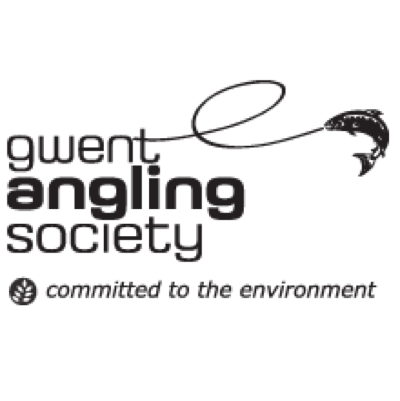
What Size Salmon Fly?
Many people ask me how to choose what size fly to fish in given conditions. This is never an easy question to answer as there are so many variables and to be honest most of it is only learnt by experience.
Having made this negative comment I will hopefully raise your spirits by saying that the main decider in choosing a fly will be the water temperature and flow.
Water temperature, as Salmon are cold-blooded which means that if the water is cold then they move slower and less. When the water is warmer so they respond and will move to a fly and become more curious or aggressive towards a fly.
I have copied a scale of temperature relating to hook size. Again remember that this is only a guide and in fact only use it as such i.e. as a starting point.
| Temp in Degrees (F) | Fly Size |
| 45 – 50 | 2 – 6 |
| 51 – 55 | 6 – 8 |
| 56 – 60 | 8 – 10 |
| 61 – 65 | 10 – 12 |
| 66 plus | 12 -16 |
Again I emphasize that this guide is not written in stone. I am aware that in Iceland they use tube flies down to 3mm and 5mm for salmon that lie in deep gin-clear pools and the salmon will move some 30′ to take them. Curiosity I believe is one of the reasons that salmon take.
Remember that they do not have hands and can only investigate items with there eyes and mouth (to taste and feel).
Perhaps this explains so many pulls on the fly without a solid take as you only ‘feel’ the fish once it has let go and the current jerks the line.
Who knows?
For fishing sunk lines here is another table Guide.
| Temp in Degrees (F) | Tube/Waddington Fly Length |
| 32 – 36 | 2″ or bigger |
| 38 – 40 | 1.75″ |
| 42 – 44 | 1.5″ |
| 44 – 50 | 1.25″ |
Note that this does not apply to bottle tubes neither does it indicate what weight of tube should be used. This is simply another factor dictated by the amount of flow in the river where you intend to fish.
Remember that you may need a heavier tube at the start of a run where the current has washed out a hole in the river bed but a lighter fly as you get to the belly of the run so that it can fish longer and so that you have more control of the fly in this area. Finally, you may want to go to a heavier fly in the tail as the current speeds up and you want to slow things down.
With salmon fishing the fly the aim is to control how your fly fishes and the depth that it fishes at. This will mean that you will have to cast properly for good presentation and then once the fly is delivered control how the fly swims through the salmon lie.
I hope this helps. If you want to ask anything more then just go to the forum and leave your message and I will answer it.
Good Fishing.


